Variable length single-stranded DNA springs determine how far a hinge of double-stranded DNA joining two stiff sections of DNA origami can bend.
A tunable hinge joint for DNA nanotechnology
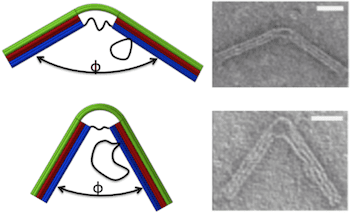

Variable length single-stranded DNA springs determine how far a hinge of double-stranded DNA joining two stiff sections of DNA origami can bend.
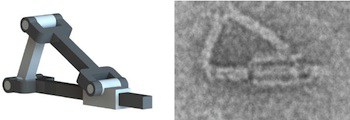
Scaffolded DNA origami is combined with hinges of single- or double-stranded DNA to built simple machines parts that have been combined to program simple to complex motions.

A more general computational framework predicts the structures of 2D and 3D-curved DNA nanostructures impossible to predict using previously available computational methods. May lead to 3D-printing DNA nanostructures?
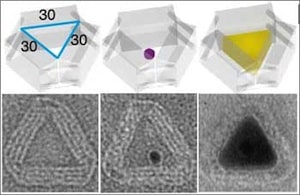
Metal or other inorganic nanoparticles of 20 to 30-nm scale can be cast in arbitrary 3D shapes and configurations dictated by stiff, atomically precise molds constructed using scaffold DNA origami.

A new DARPA program seeks to bridge the gap from atoms to macroscale product manufacture in two steps, the first of which is from atoms to micrometer-scale feedstocks. DNA origami may be part of the solution.
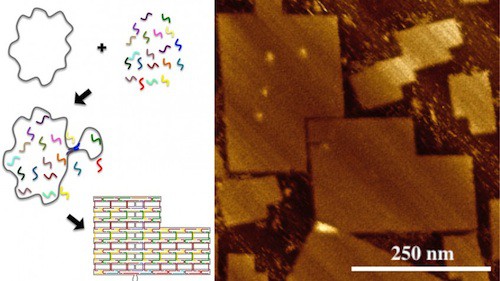
A 10-fold larger breadboard and 350-fold lower DNA synthesis costs make DNA origami a more useful stepping-stone toward atomically precise manufacturing.
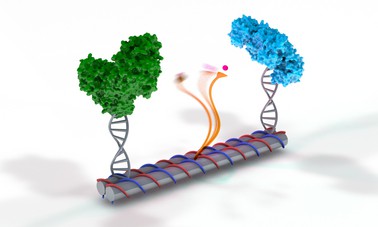
A swinging DNA arm added to a DNA scaffold makes it possible for two enzymes attached to the scaffold to complete a coupled chemical reaction.

Using struts made of DNA to stiffen polyhedral corners, scientists have build rigid DNA cages an order of magnitude larger than previous DNA nanostructures, and only one order of magnitude smaller than bacterial cells.

A possible forerunner to a future molecular assembly line uses an artificial DNA motor to transport an artificial nanoparticle along a carbon nanotube track.
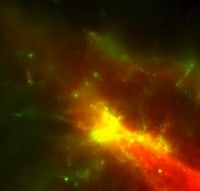
Using DNA nanotechnology to control and organize molecular motors and the molecular tracks that they run on, a novel nanotrain transports molecular cargos tens of micrometers.